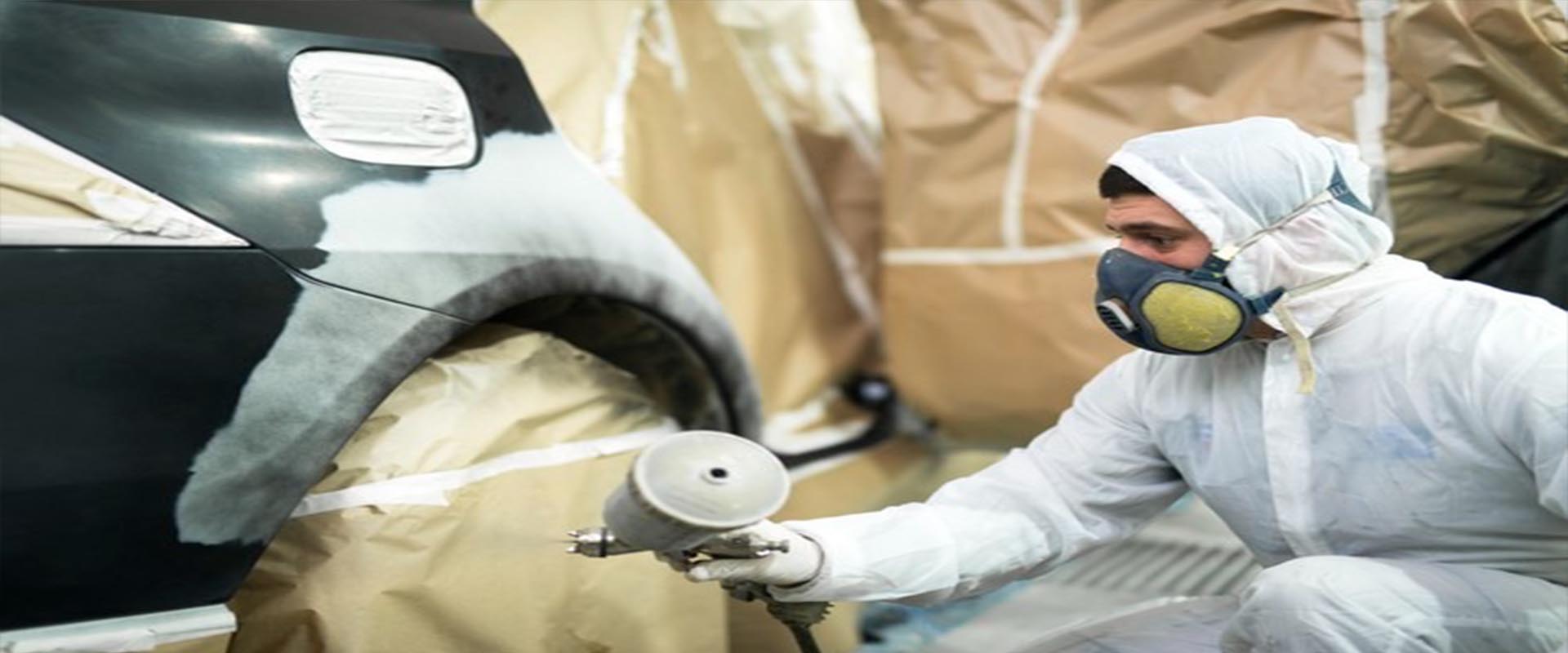When it comes to protecting workers from hazardous exposures, assumptions aren’t enough—data is essential. That’s where QEA plays a vital role. This scientific process measures and evaluates the levels of contaminants employees are exposed to, helping organizations make informed decisions about workplace safety and compliance.
A Quantitative Exposure Assessment involves collecting and analyzing measurable data on chemical, physical, or biological agents in the work environment. Unlike qualitative assessments that rely on observation, QEA provides hard numbers—allowing safety professionals to determine whether exposure levels exceed occupational limits set by organizations such as OSHA, NIOSH, or ACGIH.
At SHAH Industrial Hygiene Solutions, this approach is at the core of every industrial hygiene program. Using advanced instrumentation and sampling methods, experts conduct air monitoring, surface sampling, and noise measurement to identify potential risks. The goal is simple yet crucial: protect employees before hazards cause harm.
The process of Quantitative Exposure Assessment typically begins with defining the scope of evaluation—identifying which substances, areas, and job roles need to be tested. Air samples are collected over a specific duration to reflect real working conditions. These samples are then analyzed in accredited laboratories to measure concentrations of gases, vapors, dust, or fibers.
Once data is collected, it is compared against established exposure limits. If results show excessive levels, industrial hygienists develop targeted control strategies. These may include improving ventilation, substituting less hazardous materials, implementing administrative controls, or providing personal protective equipment (PPE). The outcome is a healthier and more compliant workplace.
Beyond compliance, Quantitative Exposure Assessment offers strategic advantages. It helps organizations understand exposure trends, prioritize risk areas, and allocate safety resources more efficiently. For example, consistent monitoring data can reveal long-term exposure patterns, prompting preventive maintenance or process redesign before issues escalate.
Partnering with experts like SHAH Industrial Hygiene Solutions ensures that assessments are thorough, accurate, and aligned with industry standards. Their specialists not only perform testing but also interpret the results to provide actionable insights for improving workplace safety programs.
In industries such as manufacturing, construction, pharmaceuticals, and oil and gas, where hazardous substances are part of daily operations, QEA is indispensable. It’s not just about meeting regulations—it’s about safeguarding lives, enhancing productivity, and building a safety-driven culture.
In an era where worker health is a top priority, Quantitative Exposure Assessment is the backbone of effective risk management. By turning data into action, businesses can create environments where safety isn’t just measured—it’s assured.

